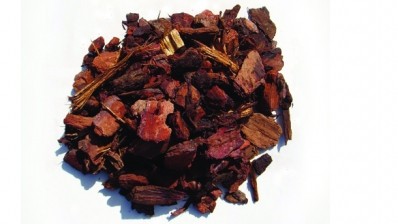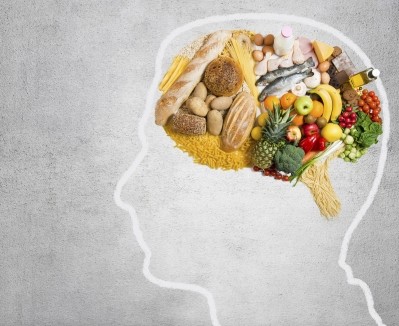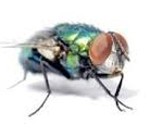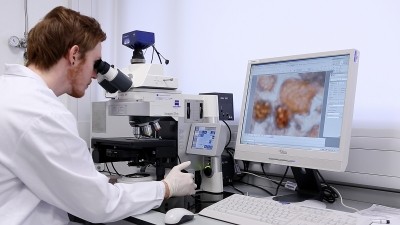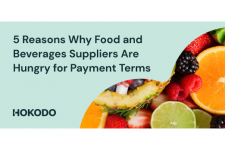Food Vision
Foods to unlock multi-sensory experiences coming soon

They will include downloadable apps, which play different music combinations when people are consuming products to alter their taste perceptions to evoke and match different moods.
Speaking at last week’s Food Vision conference in Cannes (April 2), Professor Charles Spence, a sensory marketing expert and head of the Crossmodal Research Laboratory at Oxford University, described how multi-sensory approaches could deliver new eating and drink experiences to consumers, which were strongly influenced by altered sensory perceptions.
Spence said neuroscience was also increasingly being used to inspire packaging design and match products to their packaging.
‘Innovation in packaging shape and form’
“You are going to see far more over the next 12 months,” said Spence. “You will see all the innovation in packaging shape and form … but there is a whole science out there designed to direct consumers’ gaze at particular parts of the packaging to stand out. A large part of the product experience is in the packaging.”
For the past two decades Spence has been working with many of the world’s largest food and beverage companies, such as Unilever, Procter & Gamble and Nestlé, together with flavours company Givaudan, on the development of products, packaging and experiences that more effectively stimulate consumer senses. He called the use of these tools “synaesthetic marketing”.
Using multi-sensory experiences could enhance taste perceptions by up to 20%, said Spence: “It’s a big opportunity for a number of brands this year. We are always being told that we need more sensory ‘touch points’ for the consumer,” said Spence.
Most excitement lies
It was the interaction between different senses – for example, vision, sound, texture, smell and taste – that had the most significant potential impact, he added. This was the “missing chapter” where the most excitement lies.
“You need to study all [the senses]. You need to know how the senses interact and integrate … Looking at how and what we see, changes what we hear; by changing what we hear, I can change what a consumer feels; and by changing what they feel, I can change what they taste. ”
Through this approach it was possible, using a different colour of product such as white, to achieve a 10% increased perceived sweetness, said Spence. He also cited the example of consumer perception of increased sweetness when Cadbury introduced round chocolate bars several years ago, when there had been no formulation change.
Other changed taste perceptions can be achieved by colour changes between yellow, green or blue on crisp packaging or on serving dishes, he added.
“There is a lot of interest out there in the market place, both from the visual aspects of food, packaging and plateware,” said Spence. But he added: “Sound is perhaps the forgotten flavour sense.”
Spence has worked with top chef Heston Blumenthal on the effect of sound on perception of taste, which led to the sounds of the sea experience.
“We think about taste, smell and maybe texture of foods, and vision now, but sound is something we rarely think about. Yet it is an important product attribute of many dried food products: crisps, breakfast cereals, biscuits and so on.”
Sound changes had shown a 15% enhancement in perceptions of crispness and freshness could be achieved, said Spence. Frequency of ambient sounds could also influence perception of sweetness when eating, he added.
